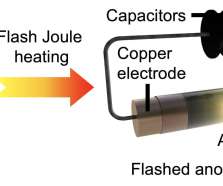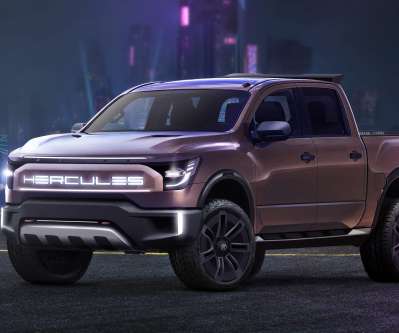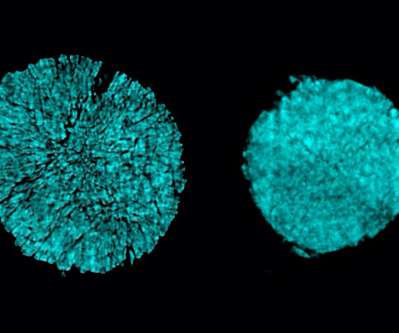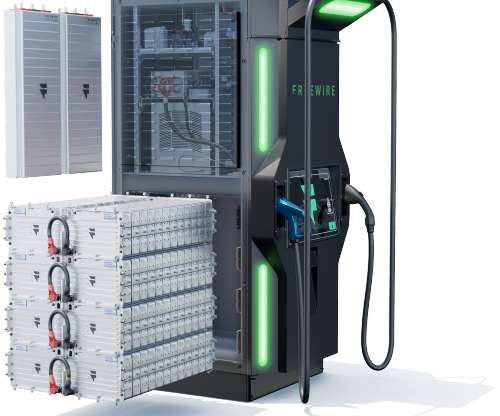Saft’s e6T Li-ion battery under testing for commercial applications
Green Car Congress
JANUARY 21, 2014
Saft is working with CALSTART to test its e6T Lithium-ion (Li-ion) battery ( earlier post ) for use in military and commercial applications. The 69 Ah battery comprises VLP (nickel cobalt aluminum, NCA) Li-ion cells in a 3p7s configuration. Earlier post.) Earlier post.)








































Let's personalize your content